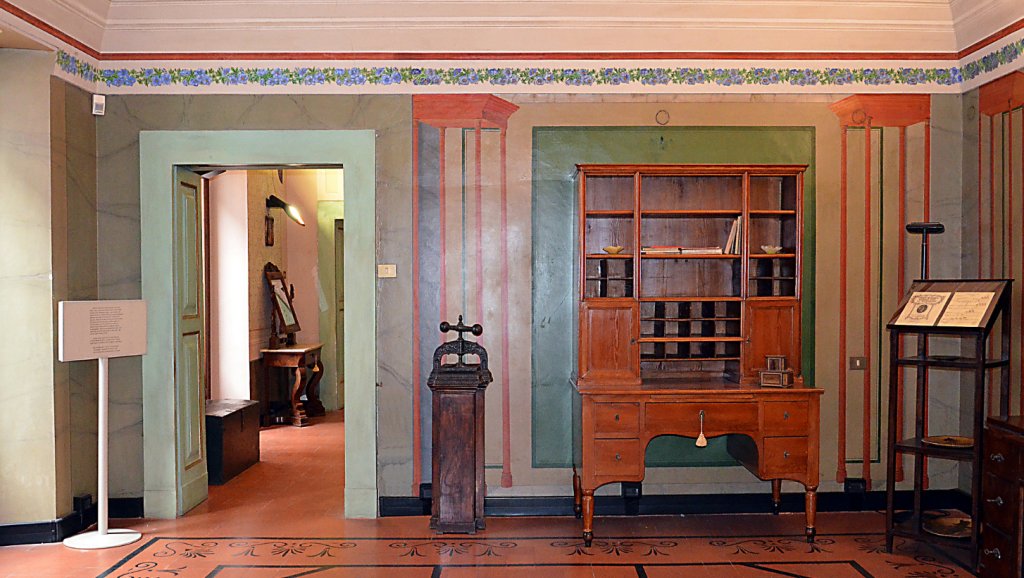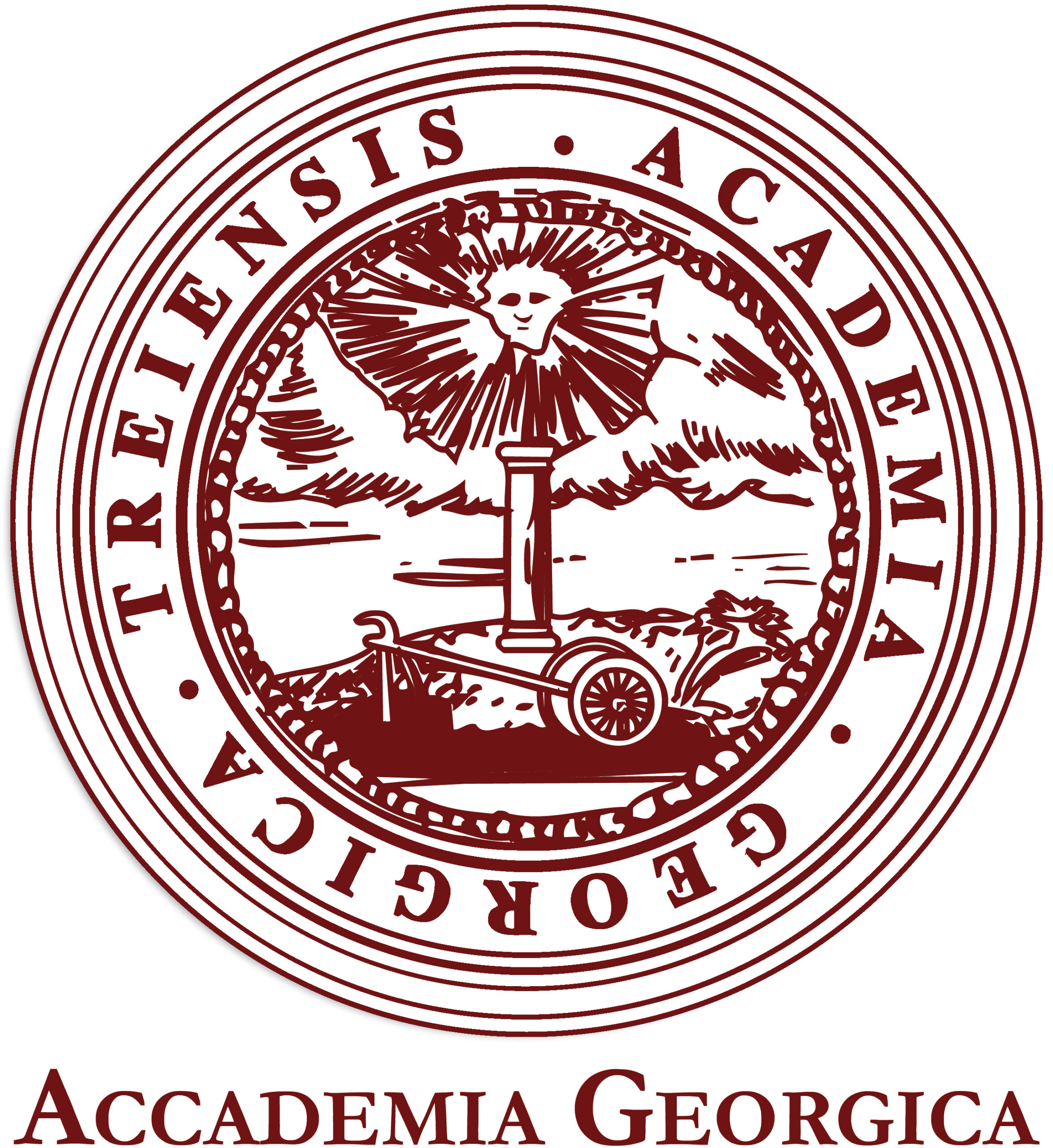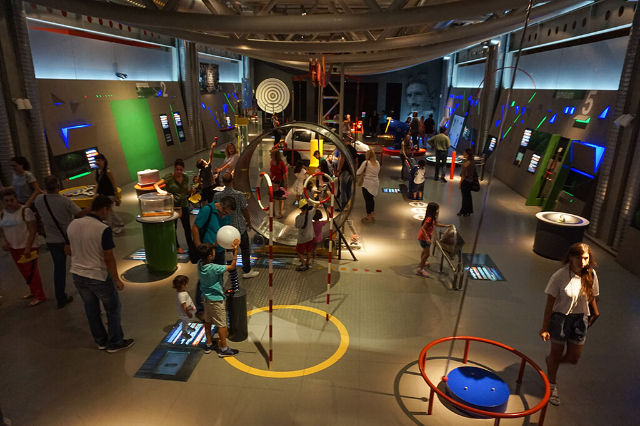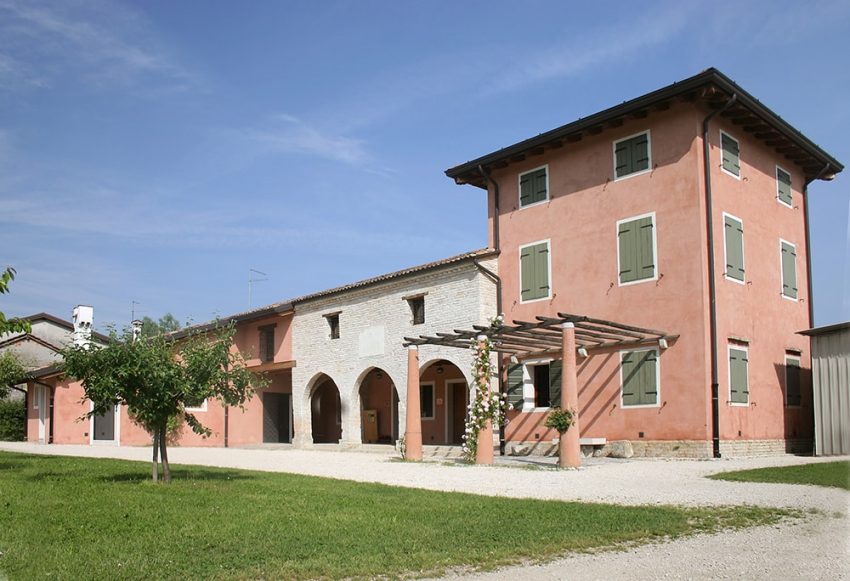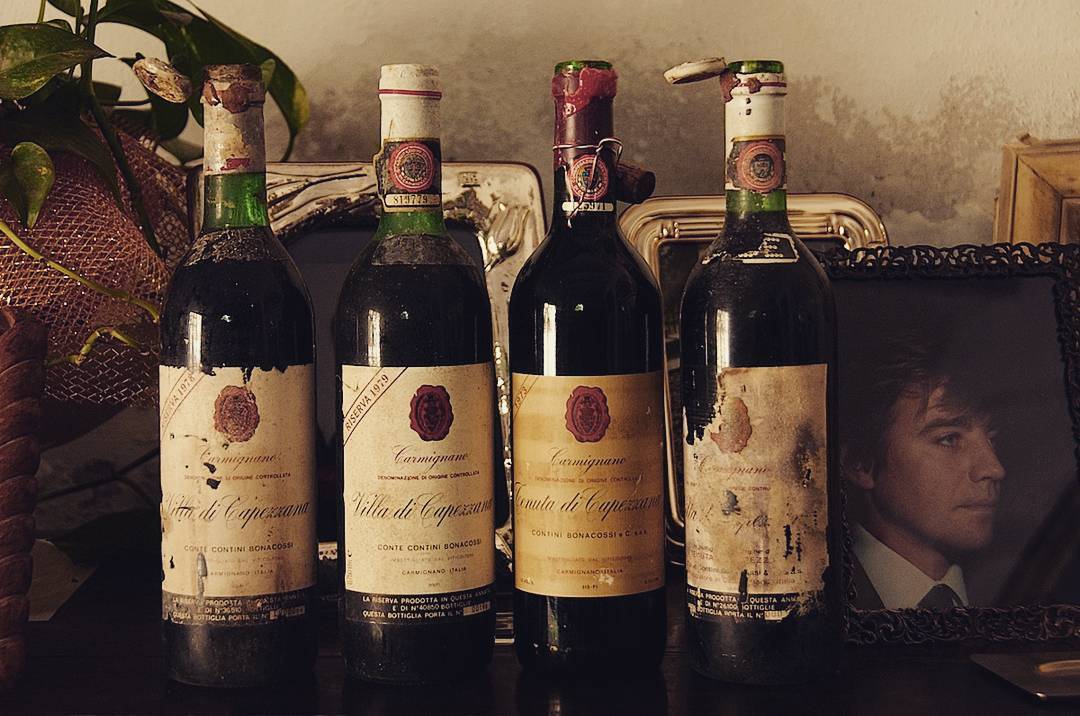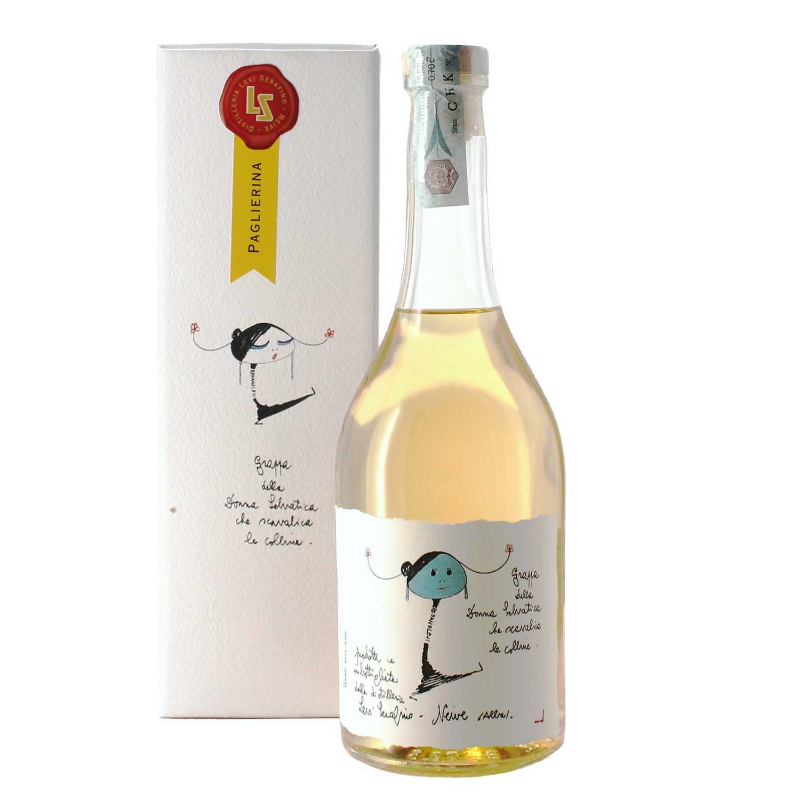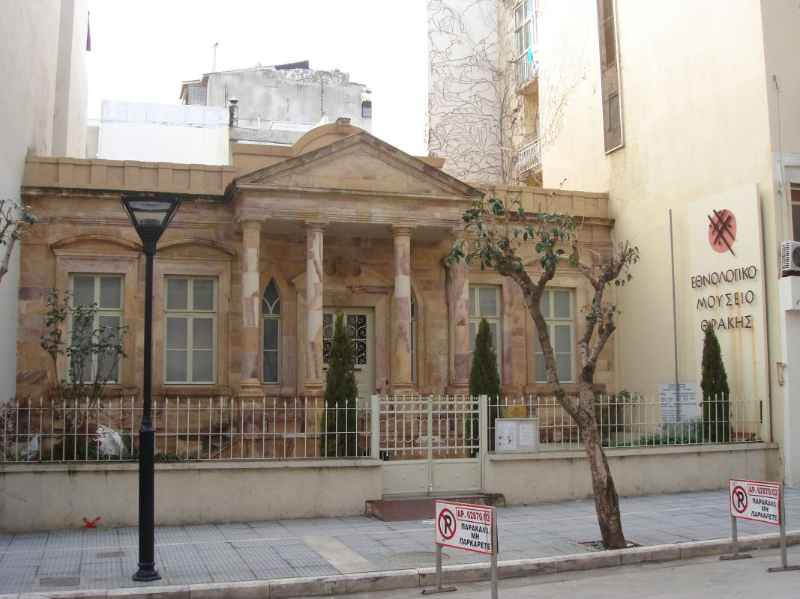The house where Gabriele d’Annunzio was born stands on the main street of the ancient city of Pescara, which was enclosed in a military fortress demolished during the poet’s childhood years. It was declared a National Monument in 1927 by decree of Mussolini, urged by d’Annunzio himself, who wanted to ensure the protection of the State. In 1958 the building passed to the State Property and then placed under the protection of the Ministry of Cultural Heritage and Activities.
It has undergone several restoration and consolidation interventions that have not too much altered the original type of nineteenth-century bourgeois house. On the ground floor there is a small and cosy courtyard, characterized by a brick well.
Gabriele d’Annunzio was born in this house on March 12, 1863.
He spent his childhood there until the age of eleven when, to continue his studies, he moved to Prato. There will then be short returns to Abruzzo to say goodbye to his mother who is left alone in this house.
On the first floor of the building, the tour winds through the first five rooms, immersing the visitor in the atmosphere of the nineteenth-century house with the furniture, furnishings and paintings of the time: a treasure trove of memories and experiences of the poet’s childhood. The guide is the Vate, through the excerpts from the Nocturne, reported on the panels in the rooms, which convey the emotion, affection for this house and nostalgia for the years of happy childhood spent with the family still all together and with many friends and playmates.
The reception rooms were embellished with tempera decorations in the vaults, made by artists from the Marche region in the mid-nineteenth century and are the oldest evidence of pictorial decoration existing in the city preserved in its integrity. They reproduce neoclassical themes with candelabrum plant motifs, figures of cupids and fantastic animals.
In the second section of the Museum we find the Poet’s wardrobe, a cross-section of the fashion of the time of which he was an original and innovative interpreter. You can admire the red coat worn for hunting or horse racing, the original golden sandals that completed the summer outfits. In the following rooms are the precious first editions of his works, illustrated with woodcuts. This is followed by the disturbing scenographic setting with casts of the poet’s face and hand, made on his body just after his death, on the night of 1st March 1938, by his sculptor friend Arrigo Minerbi. Finally, in the Poet Soldier’s room are war relics, period photos, illustrative panels of the war exploits and the general’s uniforms.
In this museum there are temporary exhibitions in the exhibition spaces on the ground floor. Currently on the first floor are on display works by Abruzzo artists of the nineteenth and twentieth century coming from the National Museum of L’Aquila: among all stands out I morticelli a famous work by F.P.Michetti.
